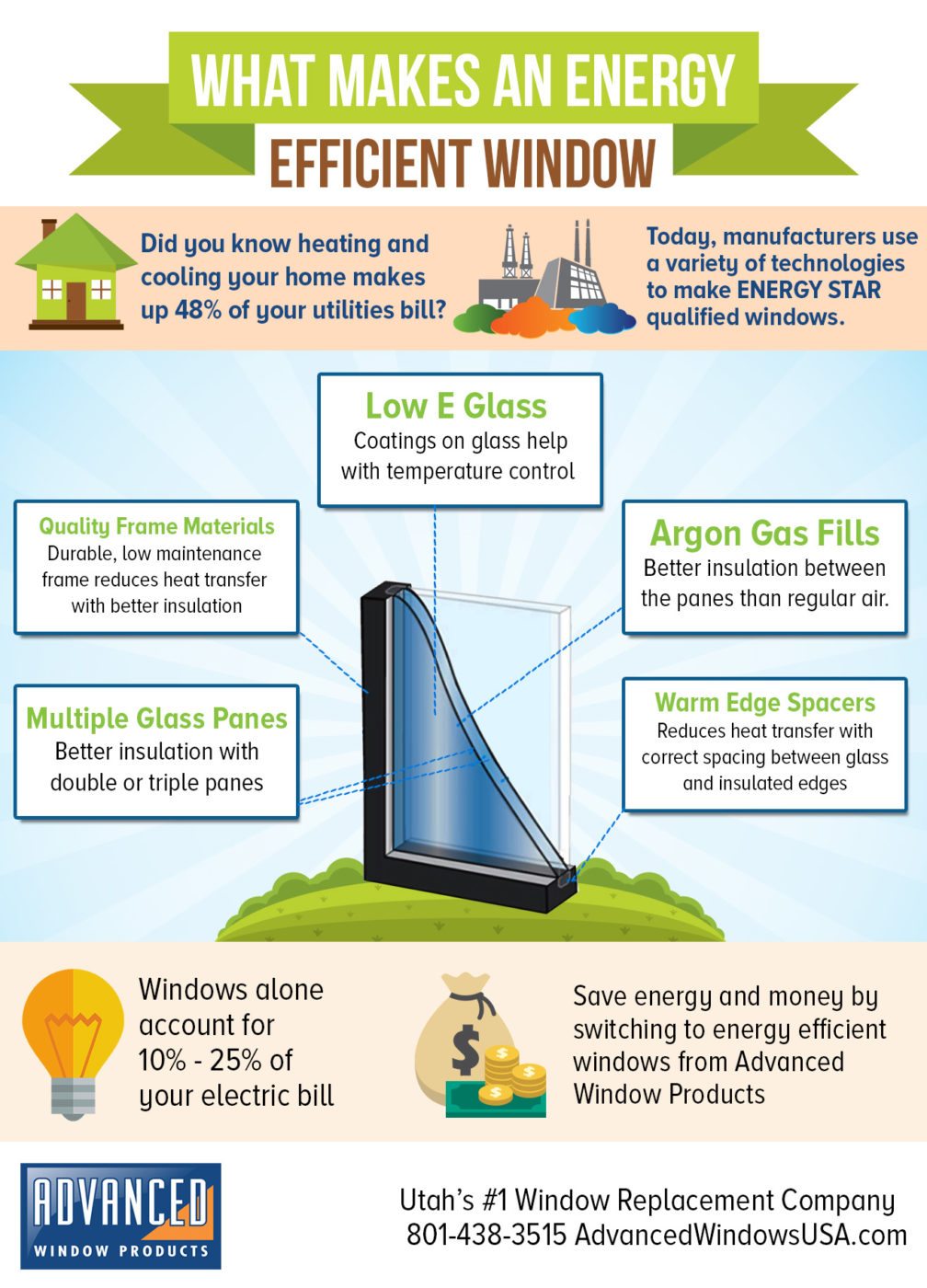When it concerns push cleaning, the method you select can make all the difference in accomplishing a clean, streak-free surface. You could locate that difficult surface areas, like concrete, need a different technique than softer materials, such as wood or vinyl. It's essential to adapt your techniques to the surface area type to stop damages while making the most of cleansing performance. So, what are the best strategies for every surface area, and just how can you ensure you're using the best setups and devices for the task? Allow's explore what you need to know to obtain the most effective results.
Hard Surfaces
When it comes to pressure cleaning hard surface areas, preparation is vital. Before you even think of pulling out the pressure washing machine, make the effort to remove the location of any kind of debris, furniture, or barriers. You don't desire anything getting in your method or possibly harmful your devices.
Next, check the surface area for any kind of cracks or damage; this will certainly help you figure out the appropriate technique and stress settings.
As soon as you've prepared the location, it's vital to choose the best nozzle. For hard surfaces like concrete or block, a narrow nozzle (15 or 25 levels) functions best to give a concentrated stream of water that can efficiently eliminate gunk and spots. Constantly begin at a distance and slowly move more detailed to stay clear of any surface damages.
As professional windows cleaning begin washing, maintain the wand moving to protect against streaks and over-saturation. It's also handy to function from the top down, allowing dust and debris to get rid of normally.
Finally, remember to wash the surface area completely after cleaning up to remove any kind of leftover detergent. With these strategies, you'll accomplish a tidy and renewed appearance on all your tough surfaces.
Soft Surfaces
Pressure cleaning soft surface areas requires a gentler approach to shield them from damage. Whether you're cleaning your deck, patio furnishings, or exterior siding, making use of excessive stress can bring about damages, scratches, and even irreversible harm.
Start by choosing a low-pressure nozzle, ideally a 25-degree or broader spray pattern, to disperse the water extra delicately.
Prior to you start, it's critical to pre-treat any type of discolorations with a suitable cleansing solution. This action allows the cleaner to penetrate the dust and gunk, making it much easier to get rid of without scrubbing as well hard.
Constantly apply the option from the bottom up to protect against streaking.
When you start pressure cleaning, maintain a range of at least 12 to 18 inches from the surface. Move your stick in a sweeping motion, keeping it alongside the surface to prevent focused stress on one place.
Rinse the location extensively after cleansing to get rid of any kind of recurring cleanser.
Finally, examine the surface for any kind of missed out on areas and duplicate the procedure if required. By https://www.realtor.com/advice/home-improvement/how-to-clean-carpet/ to these steps, you can efficiently tidy soft surfaces while protecting their honesty and appearance.
Specialized Surfaces
Cleaning up soft surface areas calls for treatment, yet specialized surfaces require even more focus to detail. When you deal with these surface areas, like delicate wood, tarnished concrete, or certain sorts of exterior siding, using the right stress cleaning strategies is crucial to stay clear of damages.
Initially, examine the product. As an example, treated timber can commonly withstand modest stress, however softer timbers like cedar might need a lower setting. Constantly begin with the most affordable stress and gradually increase if needed.
For stained concrete, utilize a follower spray nozzle and preserve a consistent range to stop engraving the surface area.
When dealing with surfaces like plastic siding or repainted surfaces, a broad spray pattern helps disperse the pressure uniformly, securing the coating.
It's additionally important to make use of cleaning agents especially developed for specialized surfaces. They can improve cleaning without endangering the material.
Wash extensively after washing to eliminate any kind of deposit, as it can bring about discoloration or deterioration over time.
Final thought
To conclude, grasping stress washing techniques for different surface areas can make all the difference in your cleansing results. For difficult surface areas, adhere to slim nozzles and a top-to-bottom technique, while soft surface areas need a gentler touch with wider nozzles. Do not forget to pre-treat discolorations and rinse extensively to avoid residue. By adapting your techniques to each material, you'll not only attain a cleaner finish yet also secure the integrity of your surface areas. Delighted cleansing!
